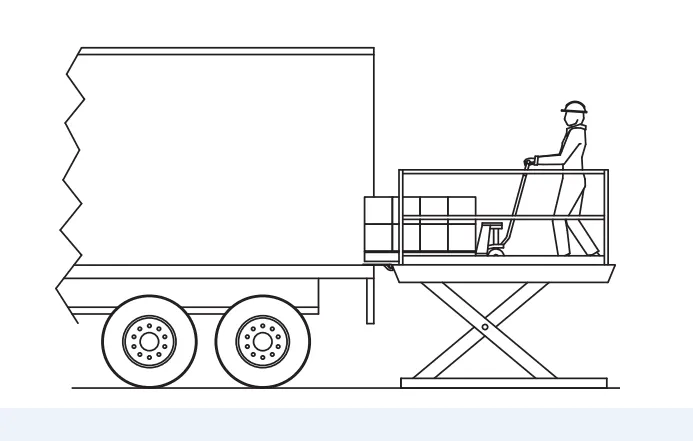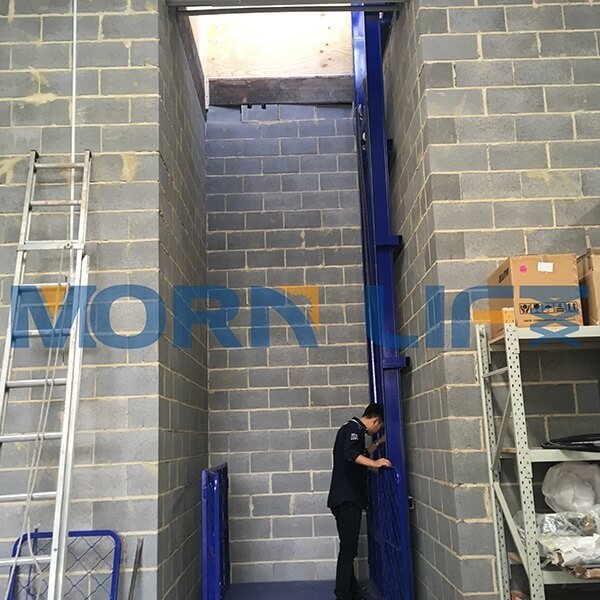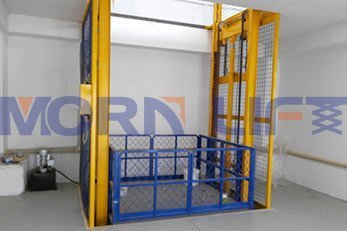In many cases, after the hydraulic Lifts is installed in factories, floors, docks and other places, some adverse reactions or problems will occur in the early stage. In this post, we will summarize and analyze some of the problems that often occur in newly installed hydraulic lifts.
Let’s dive into the details.
Table of Contents
Leakage
The leakage occurs due to the looseness of the parts, vibration and heat of the machine. It is often seen at the sealing surface of the machine and pipe joints; some casting, machining and other defects are difficult to find during assembly and debugging, however, due to the vibration and impact during the operation, this defect was exposed, and it appeared as oil leakage (water leakage). Therefore, leakage occurs easily during the running-in period.
Poor lubrication
Because the fitting clearance of newly assembled components is small, it is difficult to ensure the uniformity of the gap, and the lubricant (grease) is not easy to form a uniform oil film on the friction surface to prevent wear.
As a result, the lubricating efficiency is reduced, causing early abnormal wear of the parts. In severe cases, it can cause scratches or occlusions on the friction surface of the precision fitting, resulting in failure.
Looseness
Newly assembled components have deviations in geometry and fit dimensions. At the beginning of use, they are easily affected by alternating loads such as shocks and vibrations, as well as heat and deformation, and excessive wear. As a result, previously fastened components are likely to become loose.
Fast abrasion speed
Due to factors such as processing, assembly, and adjustment of new machine parts, the friction surface is rough, the contact area of the mating surface is small, and the pressure condition of the surface is uneven. During the operation of the machine, the concave and convex parts on the surface of the part are fitted and rubbed against each other, and the metal chips that have fallen off are used as abrasives to continue to participate in friction, which further accelerates the wear of the mating surface of the part. Therefore, during the running-in period, it is easy to cause the wear of parts (especially the mating surface), and the wear speed is fast. At this time, if the work is overloaded, it may cause damage to components and cause early failure.
In short, there are many operating errors. Due to insufficient understanding of the structure and performance of the machine (especially for new operators), it is easy to cause failures and even cause mechanical accidents due to operating errors. We must pay attention to these in use.
If you have any questions regarding the hydraulic lifts, contact us now, our experts are already online to provide professional solutions according to your specific needs.




